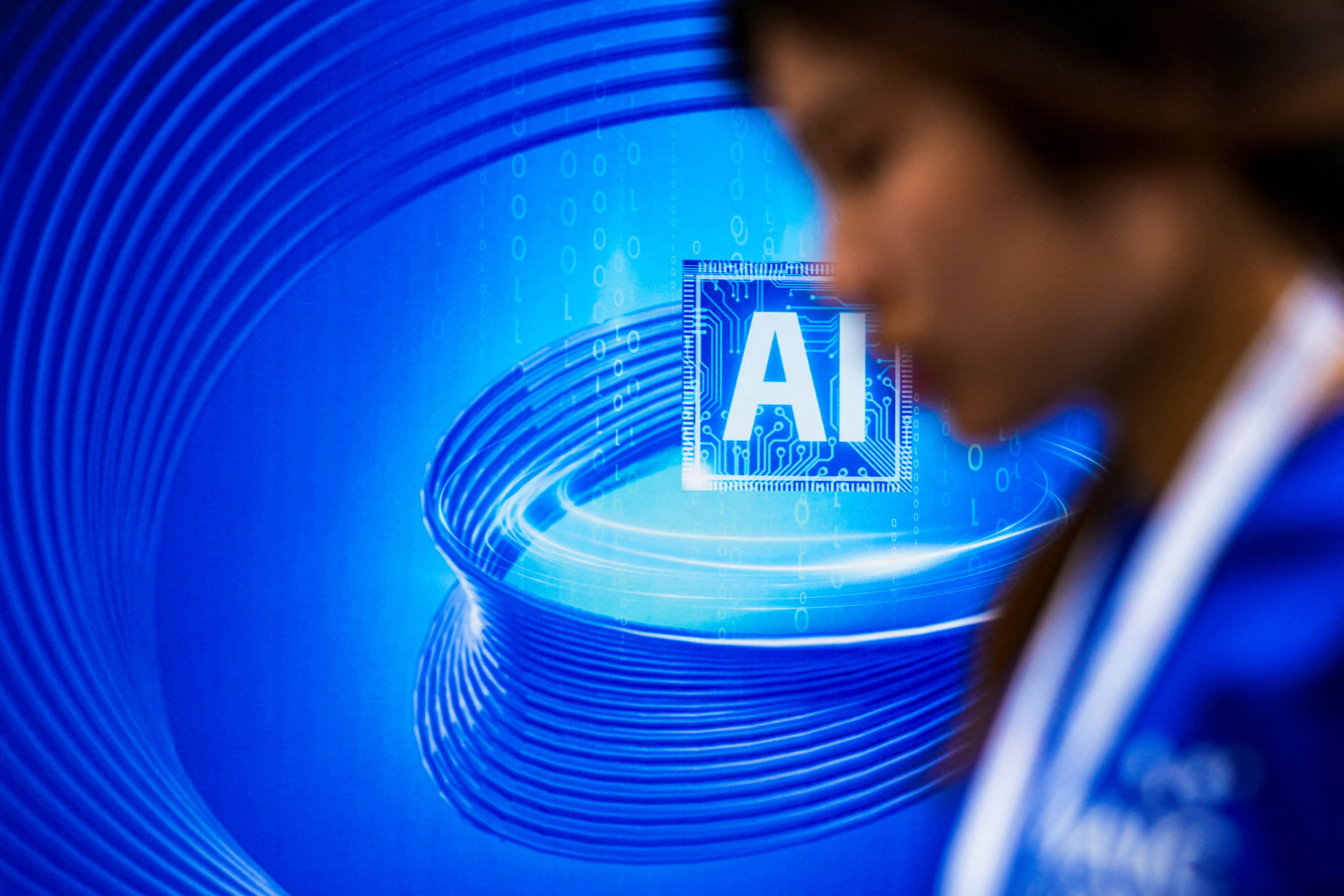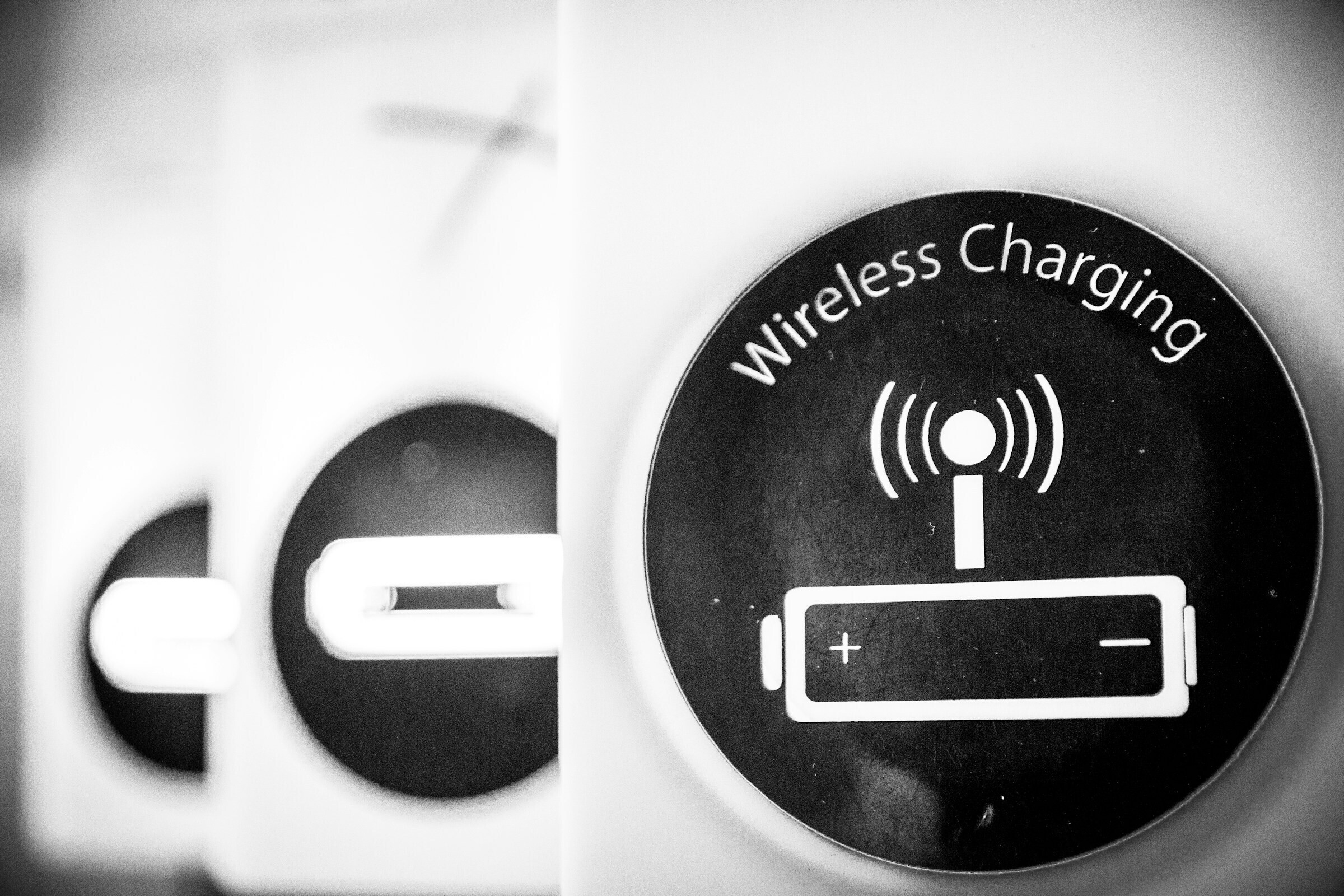Why trust and safety discussions are key to AI safety

Trust and safety professionals working with members of the AI community will be key to addressing the complexities of AI safety Image: Getty Images
Agustina Callegari
Initiatives Lead, Technology Governance, Safety and International Cooperation, World Economic Forum- As artificial intelligence (AI) technologies evolve, balancing innovation with safety has become essential.
- Trust and safety professionals working with members of the AI community will be key to addressing the complexities of online and AI safety.
- Through open discussions and implementing robust safety measures, we can ensure AI technologies are harnessed responsibly for the benefit of all.
As artificial intelligence (AI) technologies, particularly large language models, rapidly evolve, balancing innovation with safety has become crucial.
Trust and safety (T&S) professionals have long been dedicated to protecting online communities and platforms from various harms, and the intersections between T&S experts and the AI community are therefore key to addressing the complexities of online and AI safety.
To achieve this balance, open discussions on trust and safety, especially regarding harmful content, are essential.
The growth of the digital trust and safety community
In the last 10 years, the T&S community has made great progress, gaining valuable practical experience and knowledge.
This advancement has been closely connected to the rise of social media, which has rapidly expanded the digital landscape and brought new challenges for managing online safety and user data.
Increased regulations like the European General Data Protection Regulation (GDPR) have put more pressure on companies to protect user data. More recently, specific online safety regulations such as the Australian Online Safety Act 2021, the Singapore Online Safety Act 2022, the United Kingdom's Online Safety Act 2023, and the European Union's Digital Services Act (DSA) require platforms to identify, assess, mitigate and disclose potential risks in their online services.
The recent third edition of the TrustCon24 Conference well acknowledged this growth. The event, held in San Francisco from July 22- 24, was organized by the Trust and Safety Professional Association and aimed to foster a global community of practice among T&S professionals.
Throughout the conference, the potential for AI systems to generate or amplify harmful content was widely discussed. For instance, AI technologies can be misused to create realistic fake media, which can contribute to misinformation, defamation and exploitation.
Moreover, AI can facilitate cyberbullying and harassment by, for example, using automated bots to send abusive messages at scale and creating deepfakes or synthetic media for defamation.
The proliferation of AI-generated child sexual abuse material (CSAM) was identified as another significant challenge. The advanced quality and photorealism of such material complicate law enforcement efforts to assess and address risks effectively.
With more than 15 billion AI-generated images circulating only in 2023 and growing, the scale of this issue is daunting. The Internet Watch Foundation, for example, identified 20,254 AI-generated images posted to a dark web CSAM site within a single month, highlighting the urgent need for action.
Bridging the gap between AI safety and T&S
While the challenges of artificial intelligence safety required strong collaboration, the T&S community and the AI and machine learning (ML) communities have developed somewhat independently.
The TrustCon24 session ‘Trust & Safety x Responsible AI: Bridging the Gap’ focused on this separation. Dave Willner, a Fellow at the Stanford Cyber Policy Center, highlighted how connections between the communities have grown over the last years and months, but that there are still significant misalignment and gaps in safety practices.
Meanwhile, Humane Intelligence CEO Rumman Chowdhury referred not only to the amount of research around AI and AI safety, but also it the still minor practical experience in how artificial intelligence products could be exploited to create harm.
For example, AI teams working on datasets might not be familiar with established T&S protocols for handling illegal content. Similarly, ML engineering teams may lack experience with policy-making and regulatory procedures. This disconnect impedes the effective implementation of safety measures and the development of cohesive strategies to address AI-related issues.
Some key lessons from TrustCon24, as well as from the World Economic Forum’s Global Coalition for Digital Safety meetings, which comprised of leading trust and safety professionals from all stakeholders, include:
- Common language: Effective communication between the AI and T&S communities is essential, as miscommunications have sometimes led to misunderstandings. Developing a unified terminology, is crucial for ensuring that both communities can work together effectively. The Typology of Online Harms by the Global Coalition for Digital Safety is an attempt to build foundation language around online harms.
- Risk assessments: Digital safety regulations, such as the previously mentioned EU DSA and the UK Online Safety Act, have begun requesting risk assessment for actively manage potential harms. However, gaps remain, particularly in the nuanced understanding of AI-specific risks. The EU AI Act aims to fill these gaps by setting comprehensive standards for artificial intelligence systems, ensuring they are developed and deployed safely. T&S professionals' expertise in risk assessment can inform comprehensive evaluation frameworks for AI systems, providing invaluable skills in identifying threats and understanding human-AI interactions to integrate safety considerations throughout AI development.
- Safety by design: The concept of ‘safety by design’ involves integrating safety measures into every stage of product and service development. This proactive approach, used by T&S professionals, can be applied to AI systems to anticipate and mitigate risks early. In practice, as discussed during the above mentioned panel, this could mean that an AI system declines to perform an ask that could affect children.
- Measuring safety: Accurately measuring AI safety remains a critical challenge. Despite the inherent complexities, striving for effective measurement is essential. Existing efforts like the National Institute for Standards and Technology (NIST) AI Risk Management Framework play a crucial role in measuring and managing AI risks. In addition, the Global Coalition for Digital Safety’s report How to Measure Digital Safety Effectively to Reduce Risks Online provides a categorization of metrics. For example, the category of process metrics covers the approach, implementation and outcomes of systems relating to digital safety, which can also inform AI safety assessments and foster a common understanding among experts.
While there are lessons learned from both sides, it is important to recognise that not all lessons from T&S practices will translate directly to AI safety. As Henry Ajder, a leading expert on AI, highlighted during one of the last Global Coalition meetings, “learnings which do translate could help us avoid making similar foundational mistakes in the development of AI to those we saw with the rise of major digital platforms, particularly social media”.
Finally, it is worth noticing that, during the TrustCon24 conference, there was a strong appetite for collaboration, with professionals from various sectors including AI companies, experts and researchers, underscoring the need for interdisciplinary collaboration to build safer and more trustworthy digital ecosystems.
World Economic Forum work around AI safety
The World Economic Forum's Artificial Alliance Governance Alliance (AIGA) and the Global Coalition for Digital Safety are already championing this collaborative approach.
As outlined by Daniel Dobrygowski, Head of Trust and Safety at the World Economic Forum, “safety is inherently a cross-disciplinary issue. Regardless of the technology or domain, user safety helps to build trust in the underlying technology – something especially vital in emerging and rapidly accelerating technologies like AI.”
The Forum’s work in AIGA drives the development of trustworthy AI, promoting responsible use and fostering innovation. Its specific efforts focus on integrating AI technologies responsibly across industries, developing robust regulatory frameworks and advancing technical consensus related to safe and secure AI systems.
How is the World Economic Forum creating guardrails for Artificial Intelligence?
Meanwhile, the Global Coalition for Digital Safety, comprised of leading trust and safety professionals, aims to accelerate public-private cooperation to tackle harmful content online. This includes sharing best practices for new online safety regulations, taking coordinated action to minimize online risks, and driving collaboration on programs to enhance digital literacy for fighting disinformation.
Both communities have valuable insights and learnings that can enhance their collective efforts. By fostering open discussions among communities and implementing robust safety measures, we can navigate the complexities of AI development and ensure that these transformative technologies are harnessed responsibly and ethically for the benefit of all.
Don't miss any update on this topic
Create a free account and access your personalized content collection with our latest publications and analyses.
License and Republishing
World Economic Forum articles may be republished in accordance with the Creative Commons Attribution-NonCommercial-NoDerivatives 4.0 International Public License, and in accordance with our Terms of Use.
The views expressed in this article are those of the author alone and not the World Economic Forum.
Forum Stories newsletter
Bringing you weekly curated insights and analysis on the global issues that matter.
More on Emerging TechnologiesSee all
Dr Gideon Lapidoth and Madeleine North
November 17, 2025





